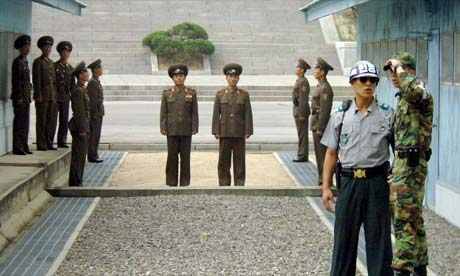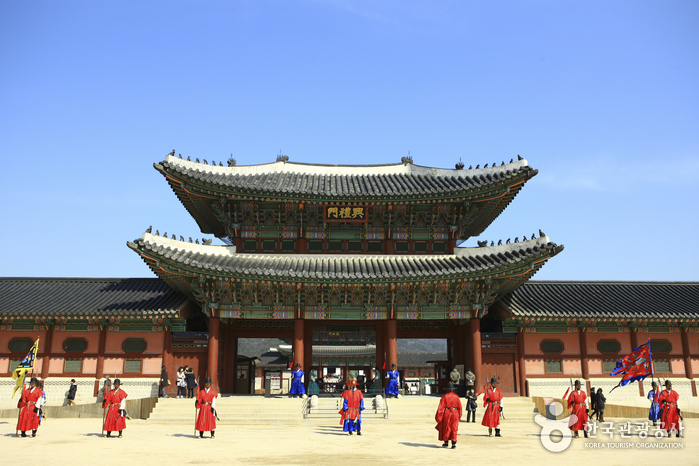 |
| Korean Students taking the Crucial Exams for University |
It’s become a common fact that South Korea churns out world-beating exam scores year after year envied by the western world. The reason for this nation’s large number of bright students lies in the Asian mindset of achieving top academic results that the Korean parents widely adopt. Like a lot of parents from neighboring Asian countries, they believe top grades are essential to a professional career, which they thrust upon the shoulders of their offspring to achieve. This is done through the method of cramming, which is an approach deeply embedded not only in South Korea, but also in other Asian countries as well which is widely seen as the most efficient way to “learn”.
But the story behind their success goes beyond the bright side which the western world is blinded by. It is one of a more intricate problem that is beginning to worry the Korean government. As the education system in Korea is very competitive due to wide quest for positions to good universities, a recent phenomenon start to arise where students attend tutor centers (학원 hakwon) outside of school in order to improve their grades. These hakwons are intensive learning centers that occupy these young children to extreme hours of the night. The Korean government realizes this as a problem to the welfare of this young generation, and began to take measures such as setting a curfew, going as far as carrying out raids at night to stake out cram-schools that are violating the government-imposed curfew. The Korean government acknowledges the inflexibility of the Korean education system, as the heavy grades-based form of assessing these students only encourage these bright young children to pursue academics through numbers. However, some hagwons still continue to ignore the government’s laws and continue to operate pass the curfew, reflecting how widely the education system is dominant to the blunt academics approach students continue to undertake in South Korea.
Source: Time magazine Issue October 3, 2011



















